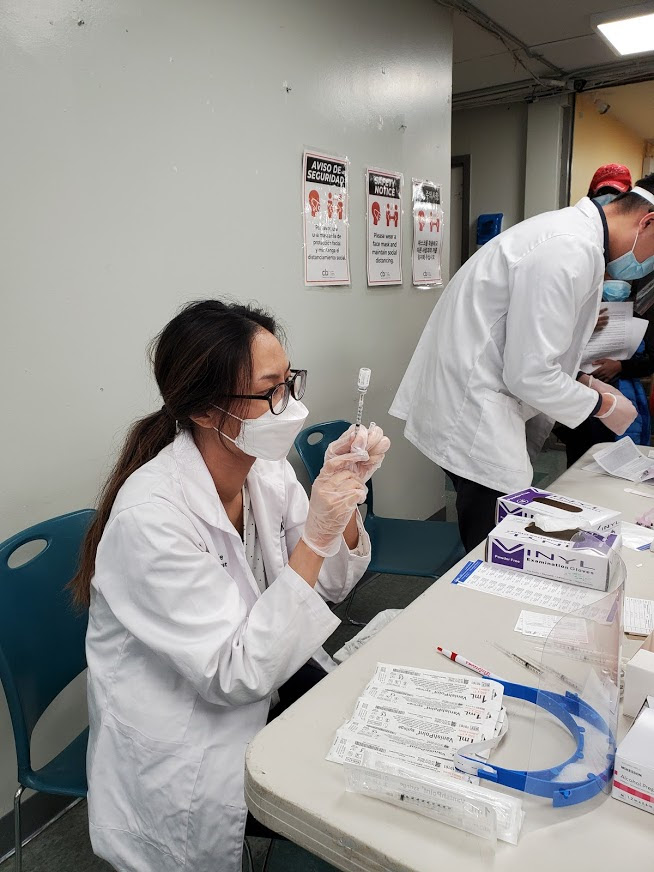Monday, March 15, 2021 – Take a new look at the Frick’s great art in a new environment


311th Edition
Monday,
March 15, 2021
ABSTRACT
ARTIST
JAN MATULKA
A VERY SPECIAL ISLAND EVENT (SEE BELOW)

Jan Matulka, Arrangement with Phonograph, Mask, and Shell, ca. 1930, oil on canvas, Smithsonian American Art Museum, Museum purchase, 1978.158
Painter, printmaker.
Brought to the United States from Bohemia at the age of sixteen, Matulka studied at the National Academy of Design from 1911 to 1916. The next year he was awarded a Joseph Pulitzer Traveling Scholarship, which enabled him to tour the American Southwest.
While in New Mexico and Arizona, he frequented Indian dances and studied the art, ceremonies, and customs of the Pueblo tribes. Like other modernist-inclined painters of the post-Armory Show era, Matulka was drawn by the romantic appeal of the Indian and Hispanic cultures of the Southwest, subjects he translated into stylized geometric drawings and paintings.
As an influential teacher during the twenties and thirties, he transmitted modernist precepts to many American art students who gained prominence in succeeding decades.


Jan Matulka, Still Life Composition, ca. 1933-1934, oil on canvas, Smithsonian American Art Museum, Transfer from the U.S. Department of Labor, 1964.1.29

Jan Matulka, Arrangement–New York, ca. 1925, lithograph on paper, Smithsonian American Art Museum, Museum purchase, 1973.138
Work

In 1919 Matulka illustrated Czechoslovak Fairy Tales with writer Parker Fillmore and published by Hippocrene Books. In 1920 the pair compiled a second book, The Shoemaker’s Apron, published by Harcourt Brace & Company
The next few years Jan and Lida traveled to Czechoslovakia to visit the old family farm, as well as to Germany and France. Matulka found inspiration in the scenery of Tŭri Pôle village, a place that fueled many more paintings over the years. Jan established a studio in Paris and would over-winter there while Lida returned to New York City each October. In Paris he was acquaintances with Gertrude Stein, André Lhote, Jean Lurçat, Josef Šíma, Václav Vytlačil, and Albert Gleizes.
In the 1920s Matulka maintained both his studios, frequently traveling to and fro from Paris to New York City. Around the middle of the decade Matulka began painting stark and jazzy cityscapes. This by no means meant he limited himself to that style, as he was also painting landscapes in Cape Ann, as well as Abstract pieces.
Katherine Sophie Dreier became his patron briefly from 1925 to 1926, which came to a premature end mainly due to petty disagreements and Matulka’s general lack of social grace, ranging from tardiness to tantrums. In November 1926 he started to contribute illustrations to The New Masses.
In 1927, Matulka began an association with the Frank K. M. Rehn Gallery. The clientele of the gallery wanted more conservative and representational works so Matulka complied because he needed the income. Again, this did not prevent him from painting in other styles for other outlets. In 1928 he began drawing from the model when he started meeting with the Society of Independent Artists, while contributing illustrations to the socialist Dělník Kalendar.

With help from Max Weber and Václav Vytlačil Matulka landed a teaching job at the Art Students League of New York, his first salaried position. Being the only modernist faculty member, his classes were quite popular. His students include Dorothy Dehner, Francis Criss, Burgoyne Diller, I. Rice Pereira, David Smith, Jacob Burck, and Esther Shemitz. The lattermost would later state that Matulka was the greatest influence on his work. Matulka was pushed out of his position at the Art Students League by conservative factions in 1931, but with encouragement from students he continued teaching a private class, which later disbanded in 1932. Matulka continued teaching one-on-one classes for a time after that.
Personal and global financial woes soon prevented Matulka from traveling annually to Paris. In 1928 he sublet his studio there to jazz painter Stuart Davis. Later Josef Šíma sublet it, taking it over completely from Matulka in 1934. Šíma stored all Matulka’s paintings and other works left in the studio, eventually transporting them to his own house in Fontainebleau, where unfortunately these things did not survive World War II.
From 1934 until it ended in 1935 Matulka became one of the few abstract painters to join the Public Works of Art Project, giving him a taste for murals and public art. Immediately afterward he joined the Federal Art Project and also worked on the Williamsburg Houses, eventually completing two murals, both of which were eventually destroyed or painted over.
Isolation and death
In 1936 Matulka helped found the American Abstract Artists, but refused to join the group. His emotional state continued to decline, even more so when his sister Barbara killed herself on 5 July. By the time his association with the Federal Art Project ended in 1939 he had become even more socially and emotionally isolated. He continued painting more and more experimental works.
Over the next few decades Matulka received much acclaim from his exhibitions, but remained relatively withdrawn from society. As age caught up with him, he suffered from many health issues, including deafness. Matulka died 25 June 1972 in New York City.

Jan Matulka, Untitled (Cassis Street Scene), 1930, watercolor and conte crayon on paper, Smithsonian American Art Museum, Gift of Ben Goldstein and museum purchase, 1971.383
MONDAY PHOTO
Send your entry to ROOSEVELTISLANDHISTORY@GMAIL.COM

WEEKEND PHOTO
Waiting on line for Smallpox vaccinations in 1947 after
fear of a pandemic was found and the entire population was inoculated in a few months.
Andy Sparberg got it

CARTER BURDEN SENIOR CENTER
HOSTS WALGREENS
COVID-19 VACCINATIONS EVENT
1327 ISLANDERS AND OTHERS
RECEIVED THEIR VACCINATIONS THIS WEEKEND.
THANKS TO WALGREENS, THEIR PHARMACISTS AND STAFFS, THE CBN STAFF
AND VOLUNTEERS FOR A WONDERFULLY SUCCESSFUL EVENT

Text by Judith Berdy
Thanks to Bobbie Slonevsky for her dedication to Blackwell’s Almanac and the RIHS
Thanks to Deborah Dorff for maintaining our website
Edited by Deborah Dorff
All image are copyrighted (c)
Sources:
SMITHSONIAN AMERICAN ART MUSEUM
WIKIPEDIA
FUNDING PROVIDED BY ROOSEVELT ISLAND OPERATING CORPORATION PUBLIC PURPOSE GRANTS CITY COUNCIL REPRESENTATIVE BEN KALLOS DISCRETIONARY FUNDING THRU DYCD


Copyright © 2021 Roosevelt Island Historical Society, All rights reserved.Our mailing address is:
rooseveltislandhistory@gmail.com





Leave a comment